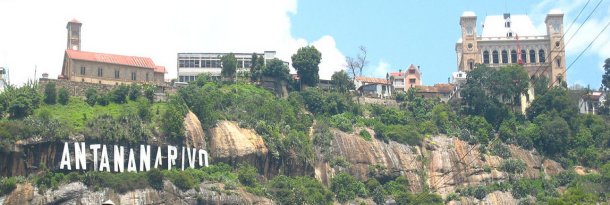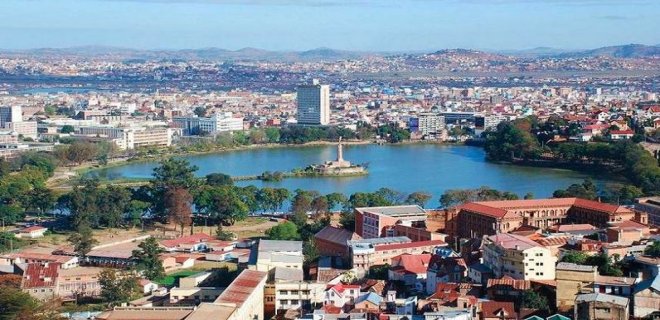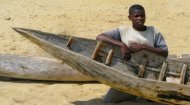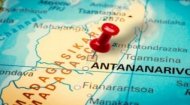|
Antananarivo Profile |
Antananarivo Profile |
Antananarivo Profile | Antananarivo Profile |
|
|

|
Those employed in Antananarivo primarily work in the production of leather goods, textiles as well as food products, drinks and cigarettes and the city is connected by railway to the port of Toamasina on the east coast allowing for easy imports and exports into the capital. Agriculture also plays a crucial role, with crops such as rice, corn, and cassava being grown in the surrounding areas. Despite its economic importance, Antananarivo faces several social challenges. Poverty, unemployment, and income inequality are prevalent, with a large portion of the population living in informal settlements. The city's infrastructure is also underdeveloped, with inadequate public transportation, sanitation, and healthcare facilities. Antananarivo's daily life is a vibrant mix of traditional and modern elements. The city's markets are a testament to its rich cultural heritage, with vendors selling everything from fresh produce and spices to handmade crafts and clothing. The city's cuisine is also a fusion of Malagasy, French, and Asian influences, with dishes such as romazava (a meat and vegetable stew) and ravitoto (a pork and cassava leaf dish) being popular. The city's residents are known for their warm and welcoming nature, with a strong sense of community and family values. Religious festivals, such as Famadihana (the turning of the bones ceremony), are celebrated with great enthusiasm and are an integral part of the city's cultural calendar. Antananarivo faces several challenges that threaten its growth and development including inadequate infrastructure, environmental degradation. Climate change is another major concern, with the city's rapid urbanisation leading to increased pressure on natural resources. The city's population of 1,391,433 (2025) is growing at an alarming rate, putting further strain on already limited resources such as water, electricity, and housing. Additionally, the city's informal settlements, which house a significant portion of the population, lack basic amenities such as sanitation and healthcare facilities, contributing to the spread of diseases and other health issues. Despite its challenges, Antananarivo is a fascinating destination for tourists, offering a unique blend of history, culture, and natural beauty. Some of the city's top tourist attractions include: Rova of Antananarivo: The Rova, also known as the Queen's Palace, is a historic royal complex that offers stunning views of the city and its surroundings. Today, following years of economic decline and political instability coupled with an earlier suspension of aid from organisations such as the EU, Antananarivo has a feel of urban poverty with street children combing the streets begging or stealing from tourists amid overcrowded and uncared for buildings, high unemployment, rampant pollution and a general sense of decay and despair. Explore the city using our interactive map, then check out the city's Ivato International Airport to make a virtual landing in Madagascar. |








